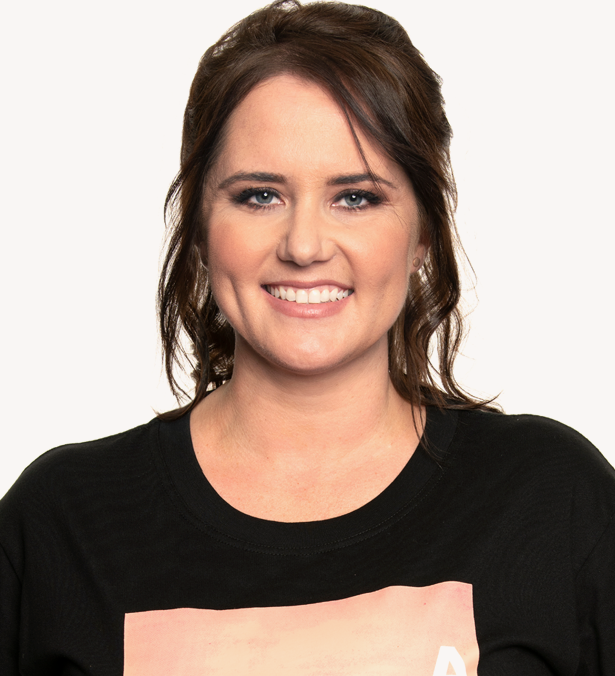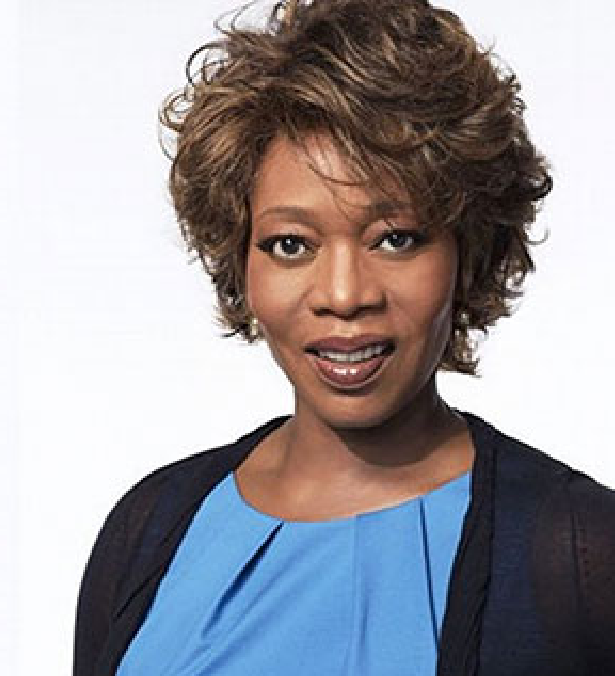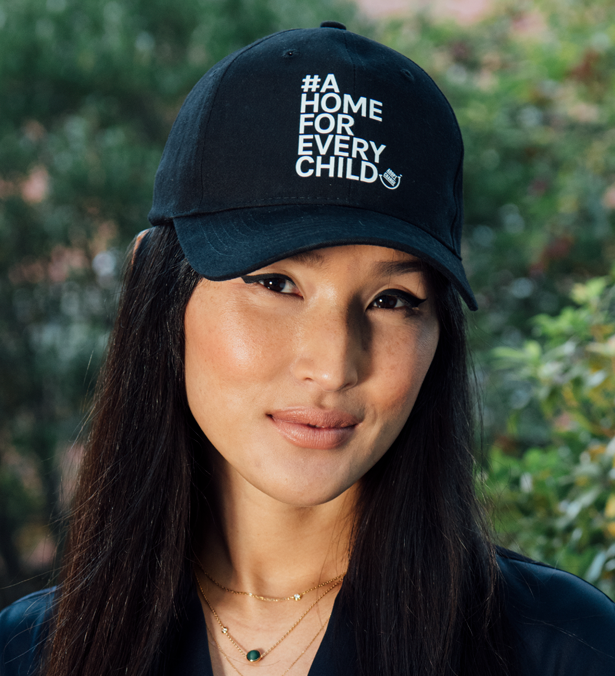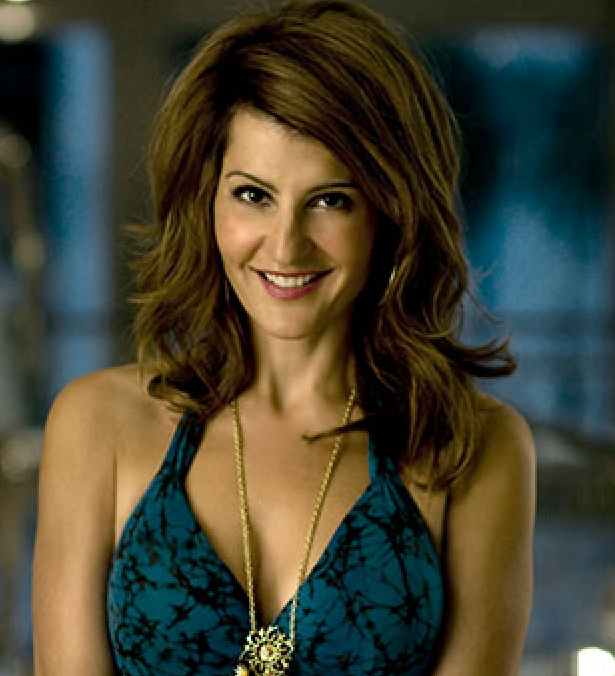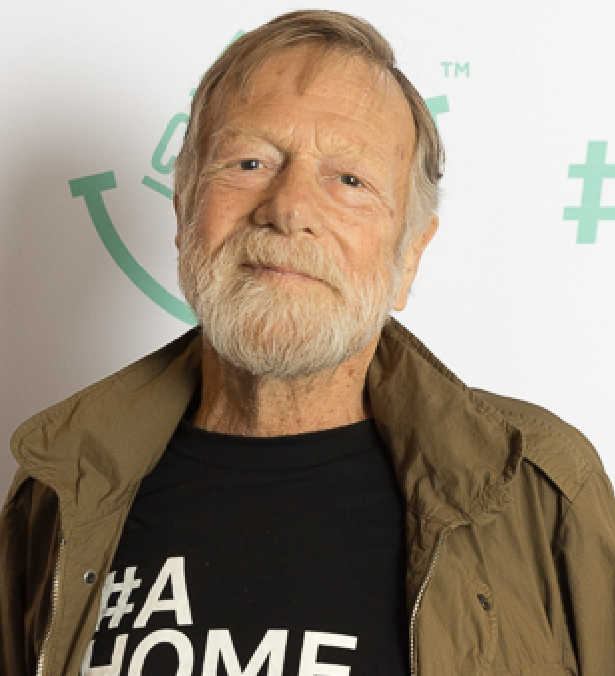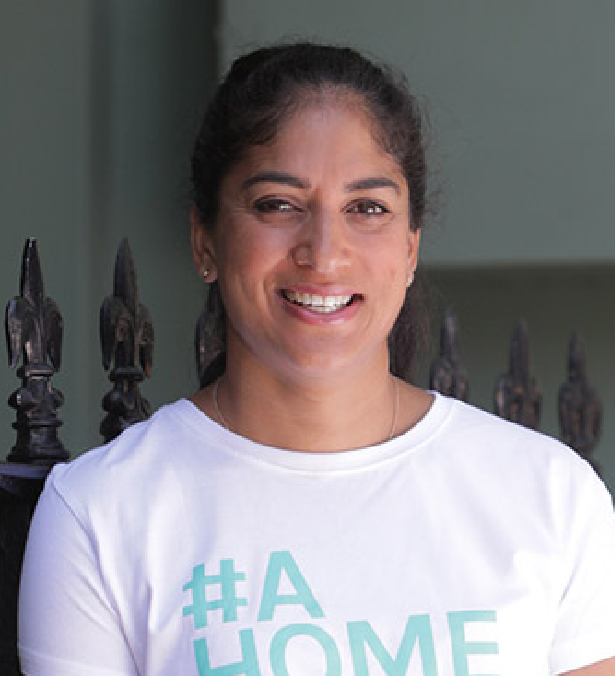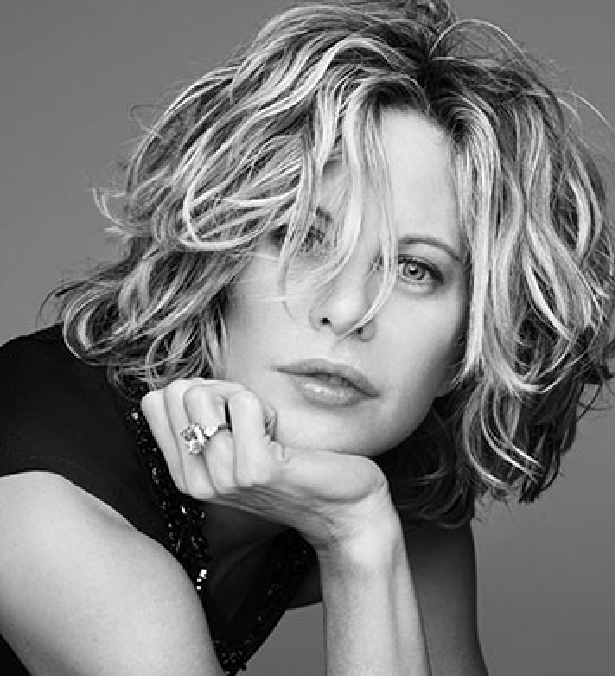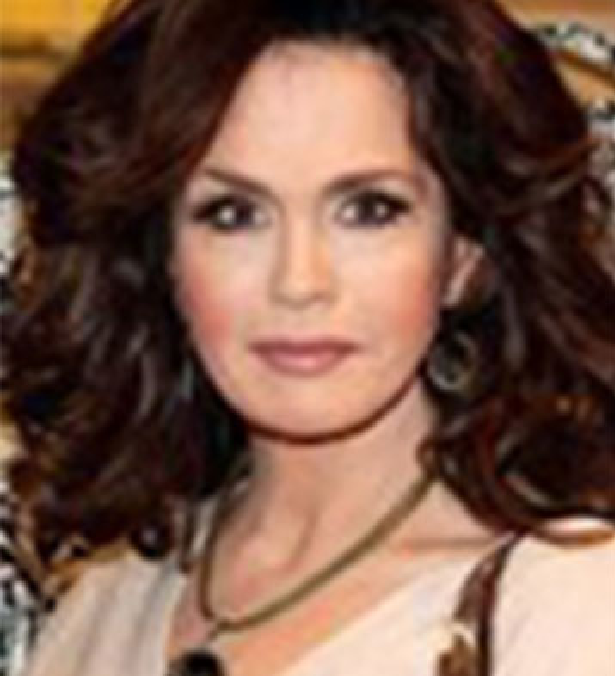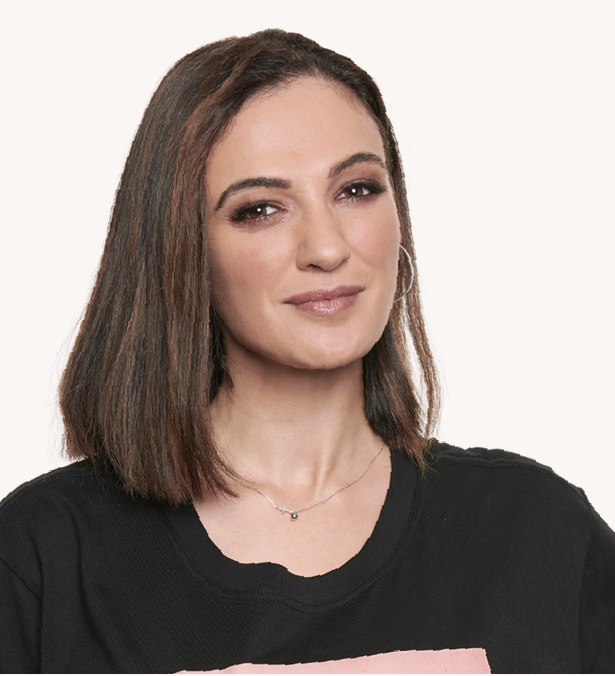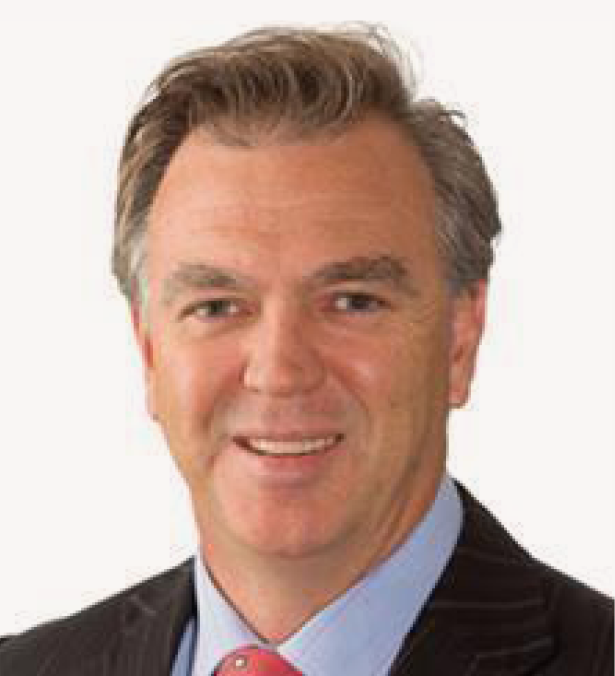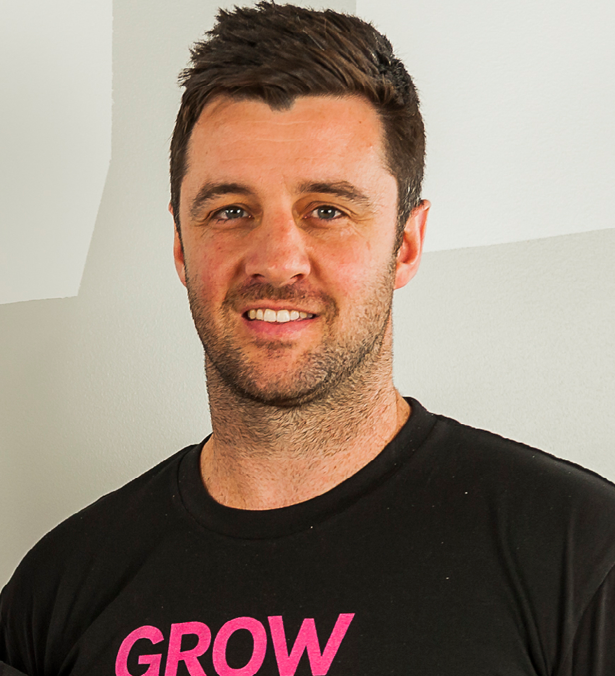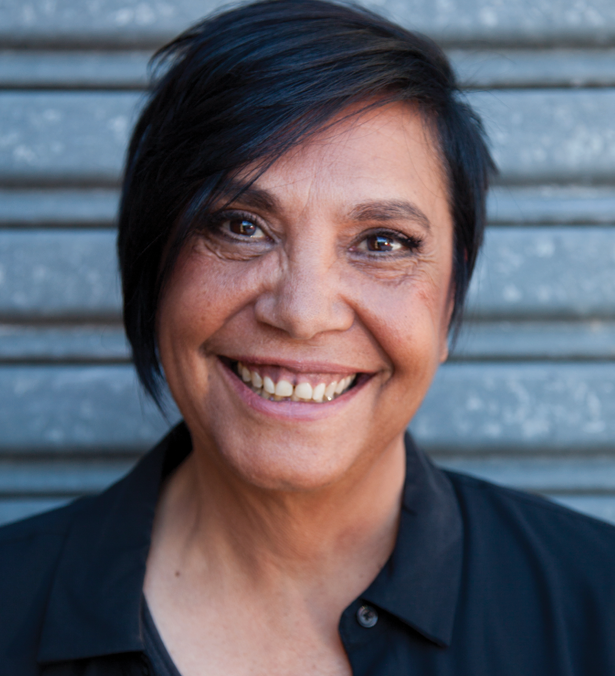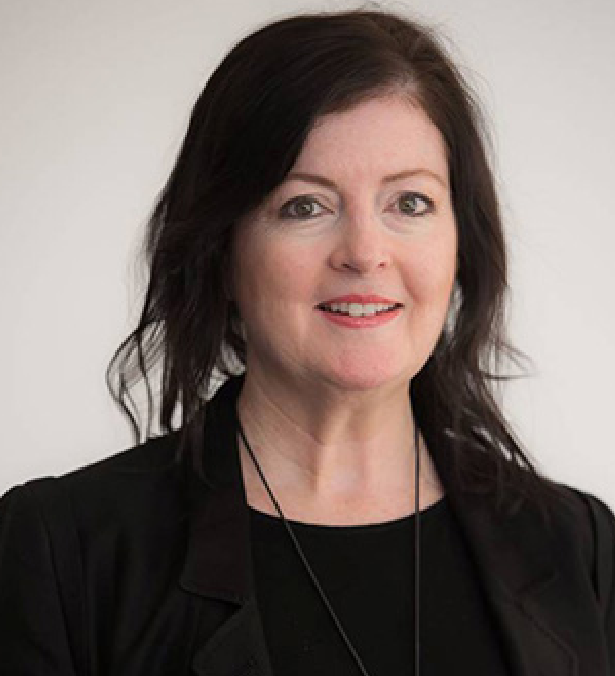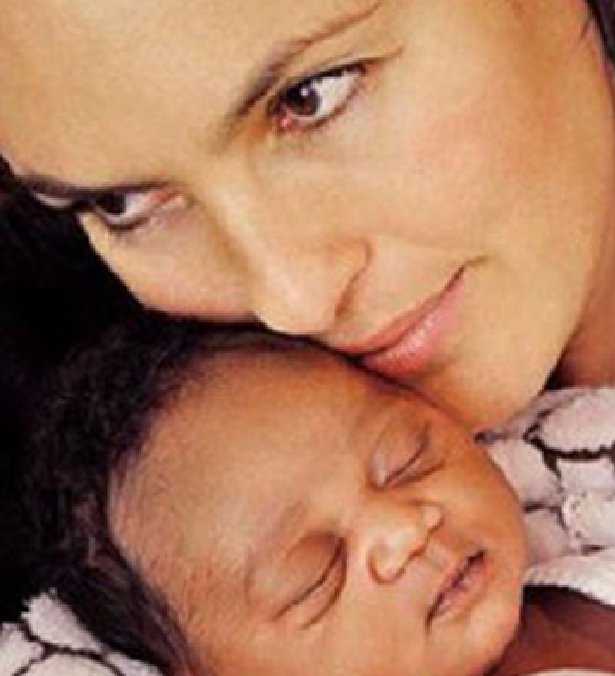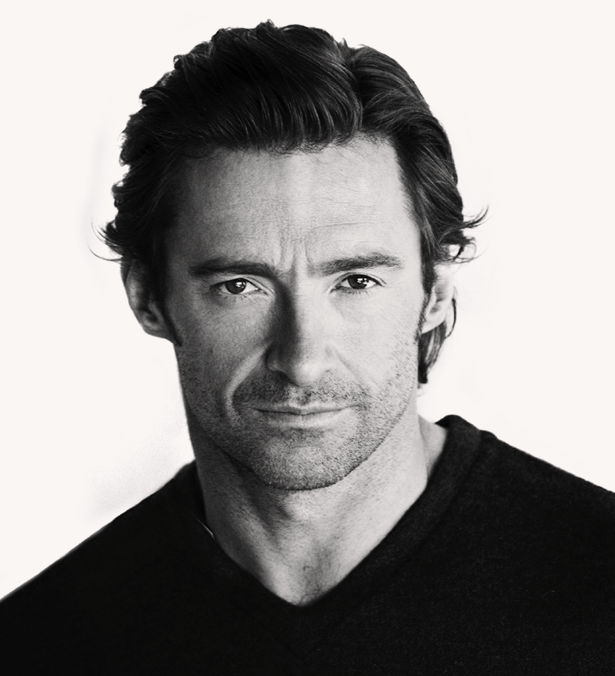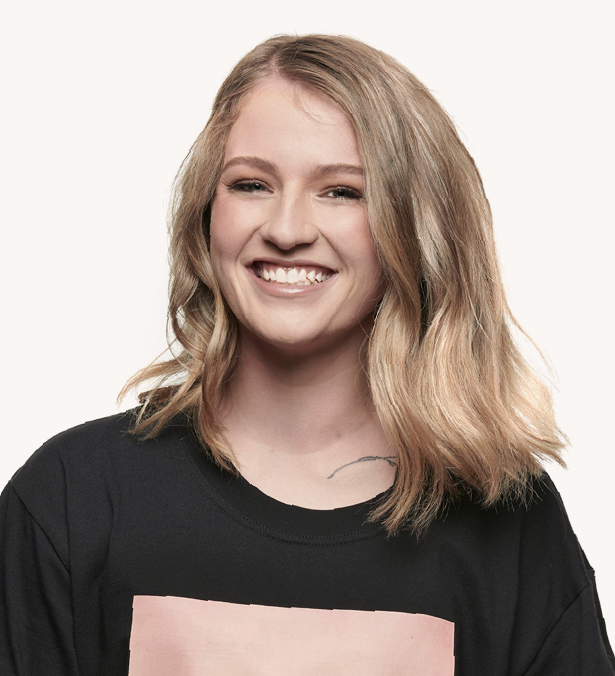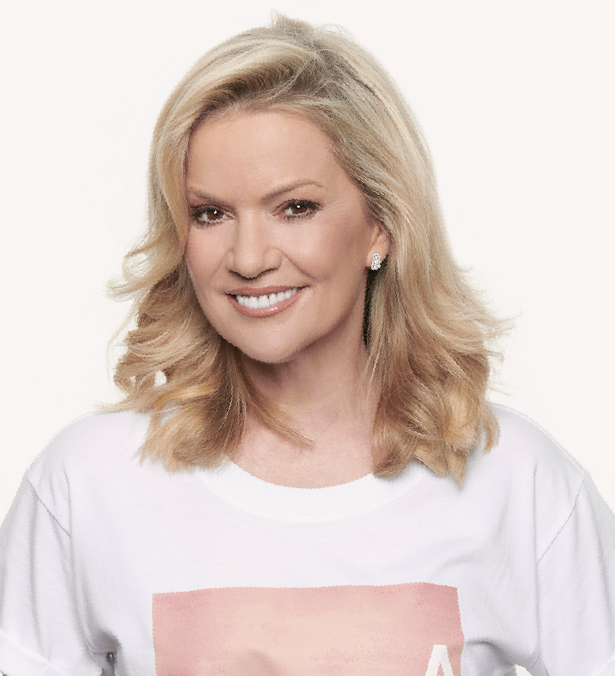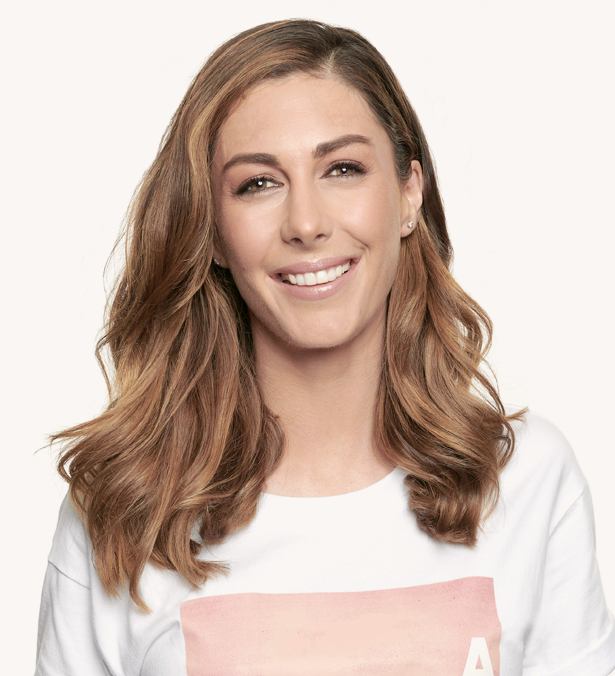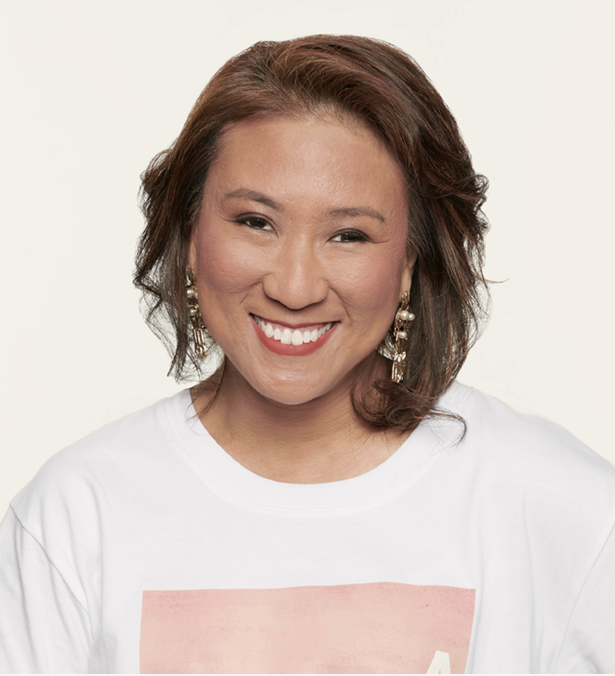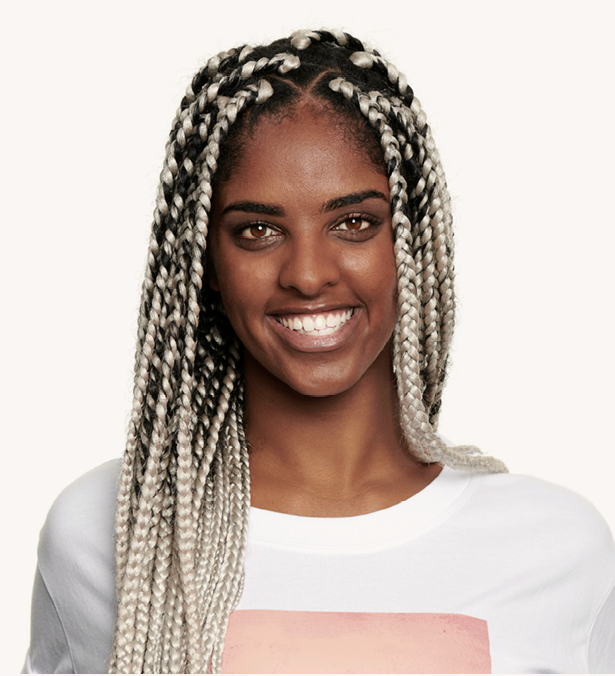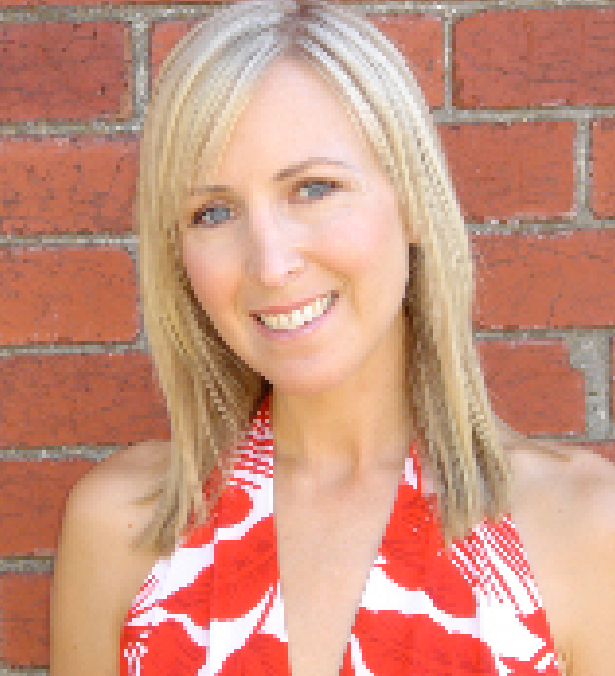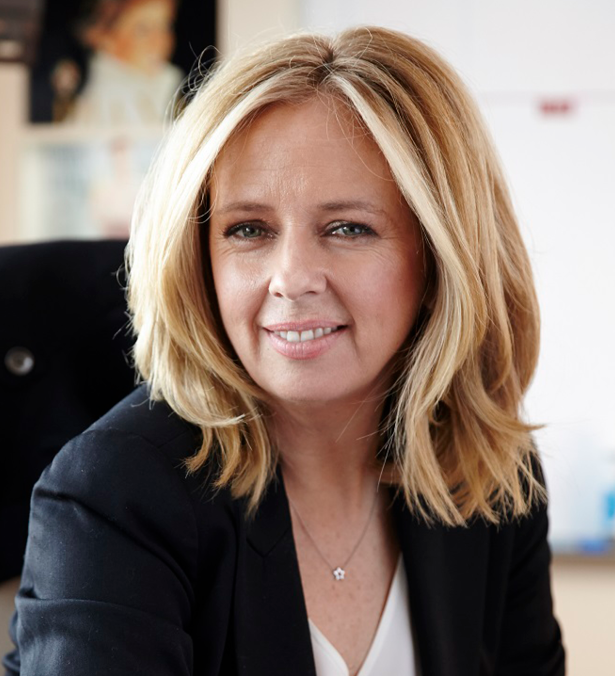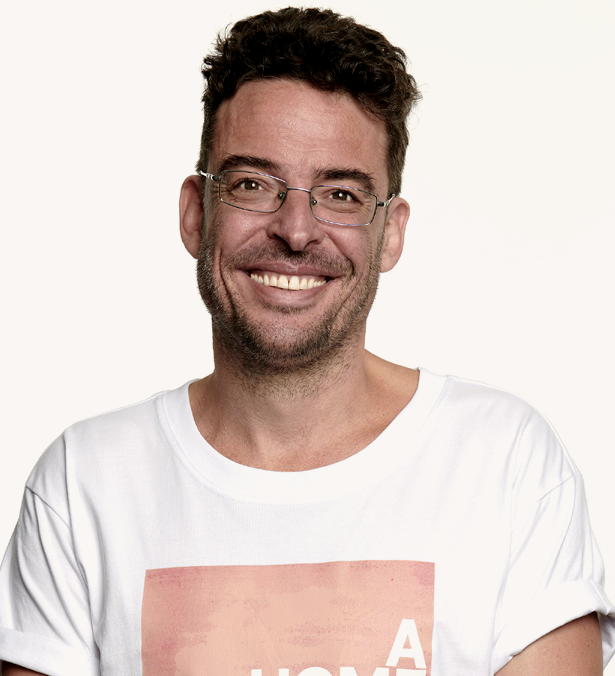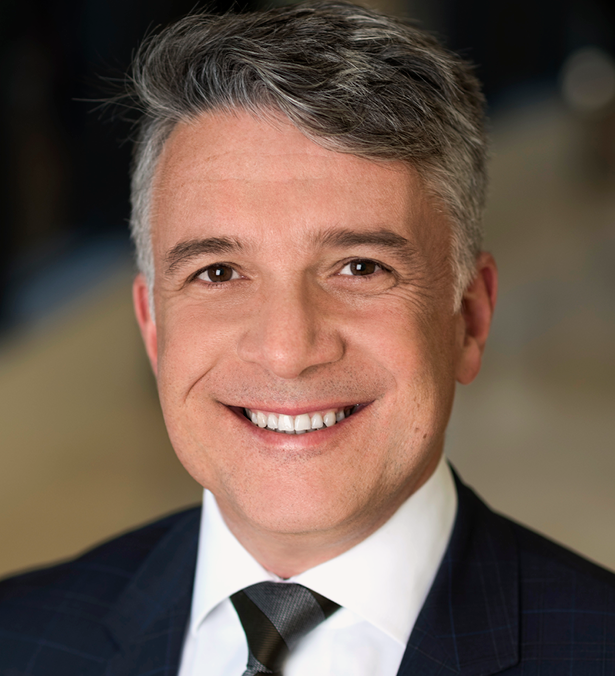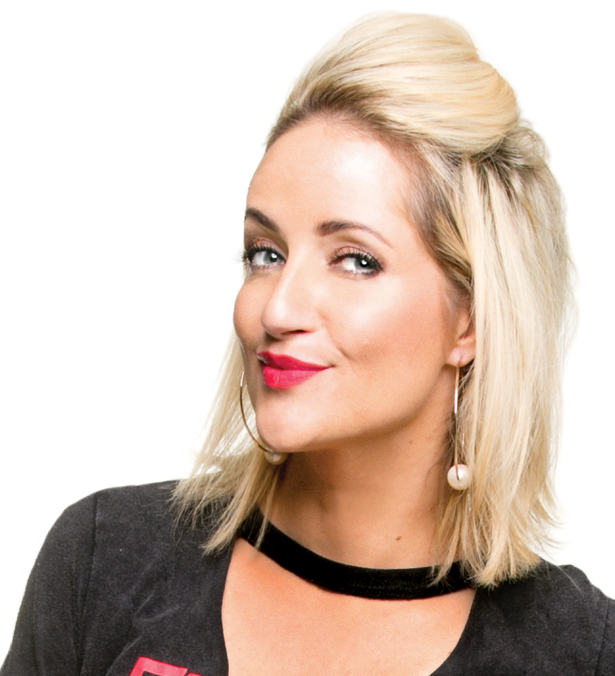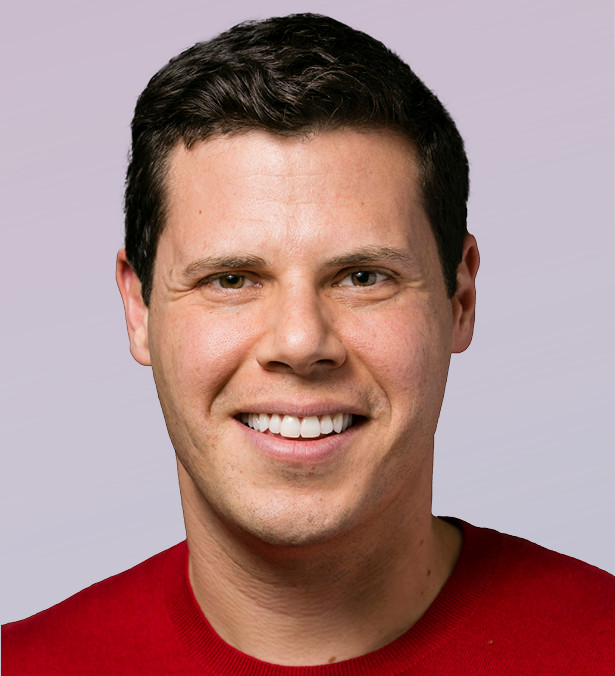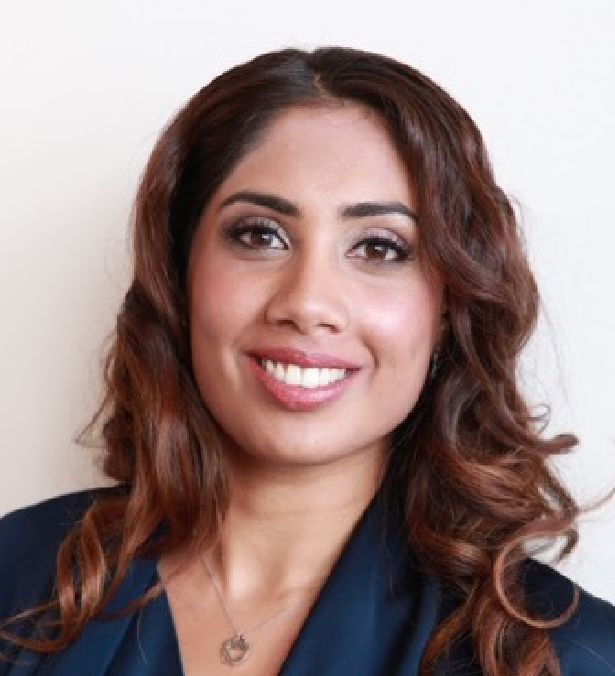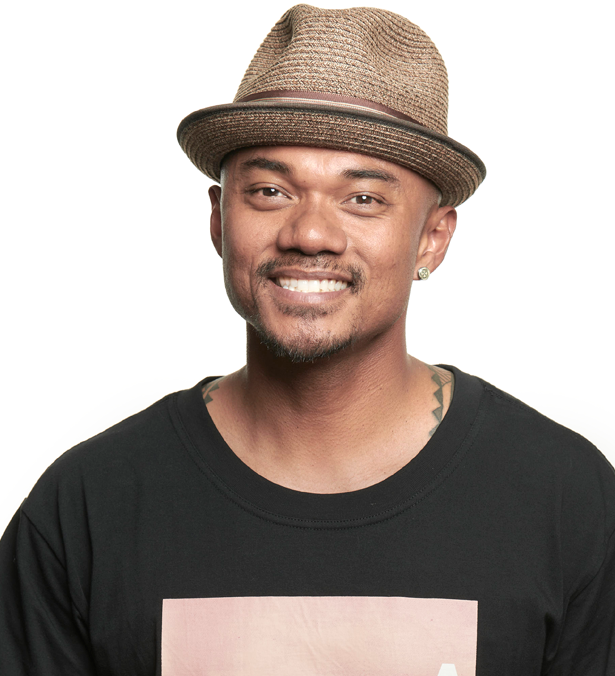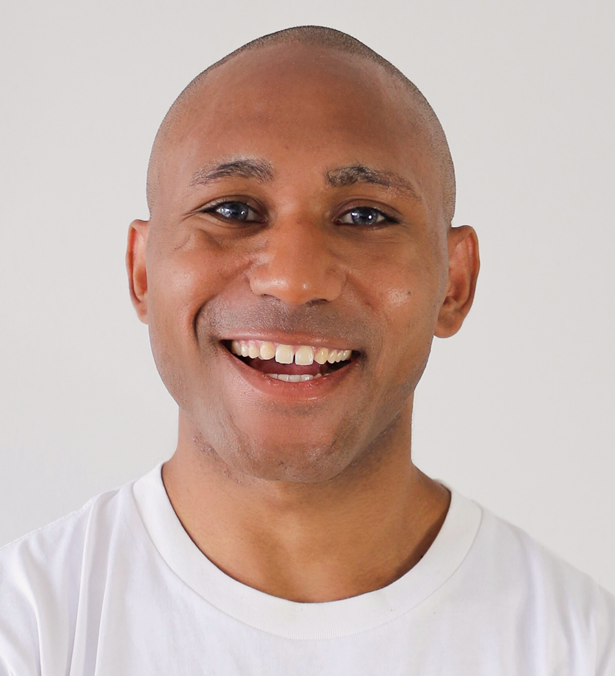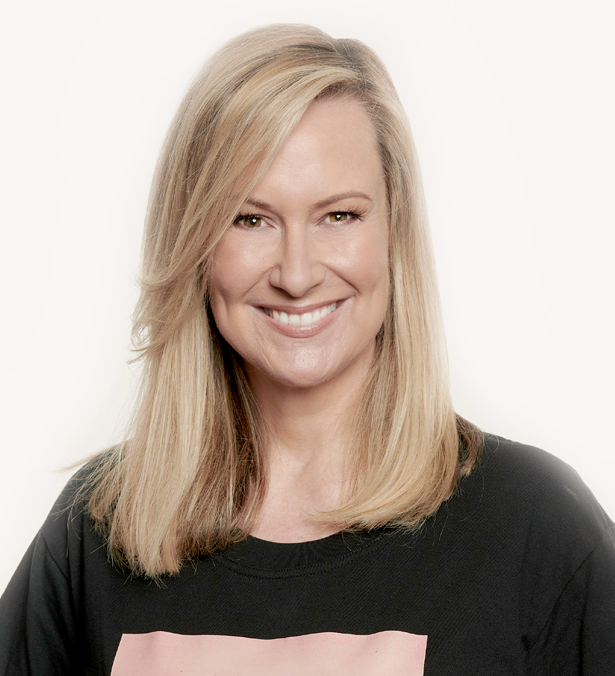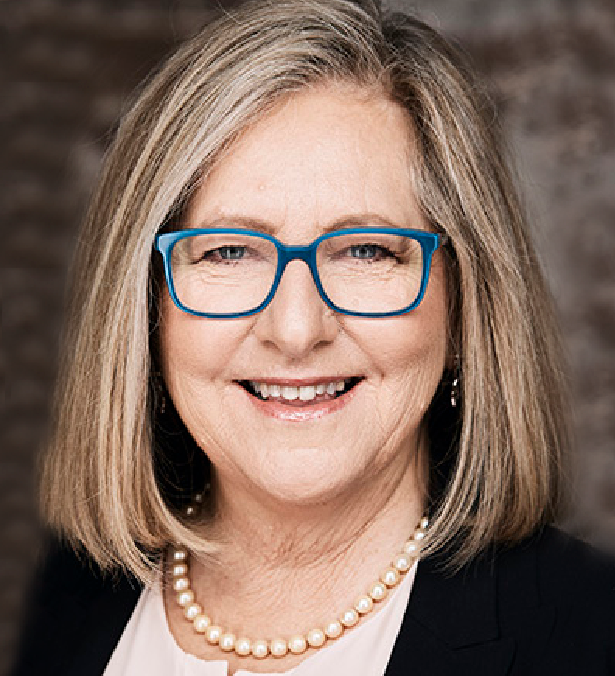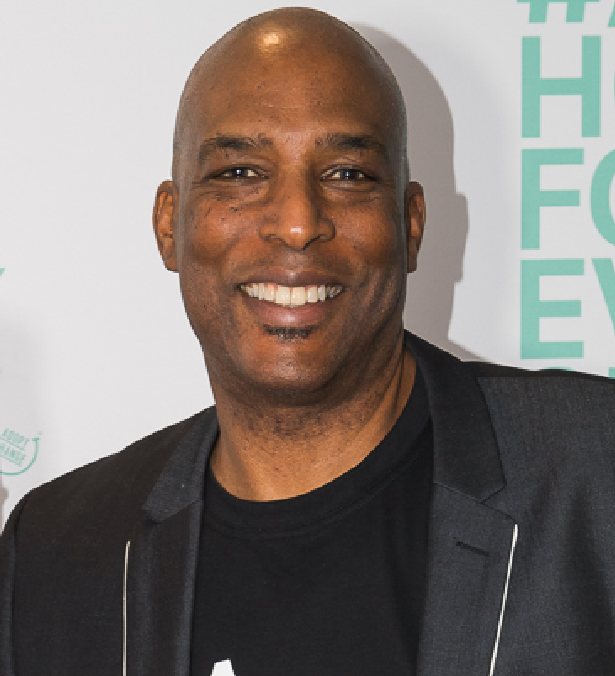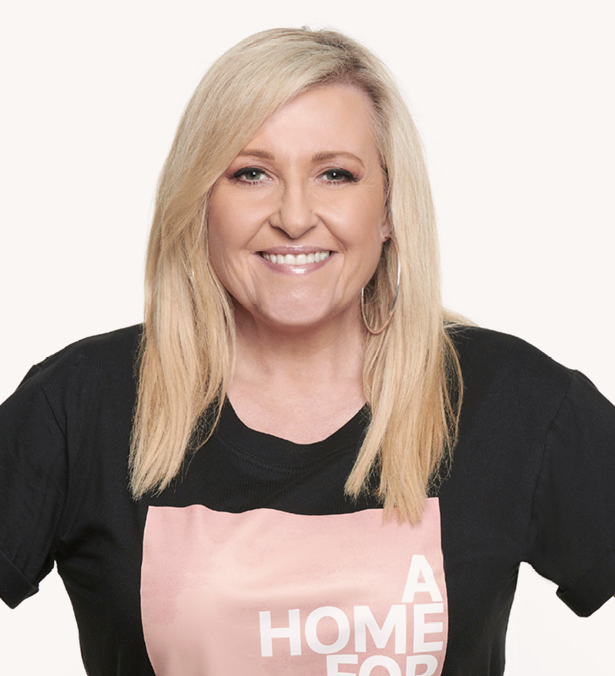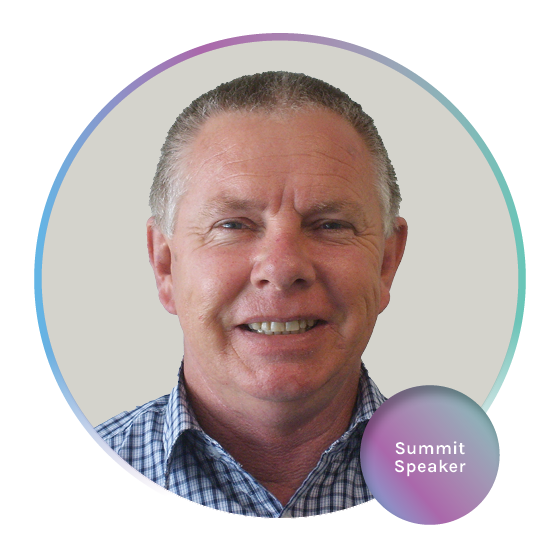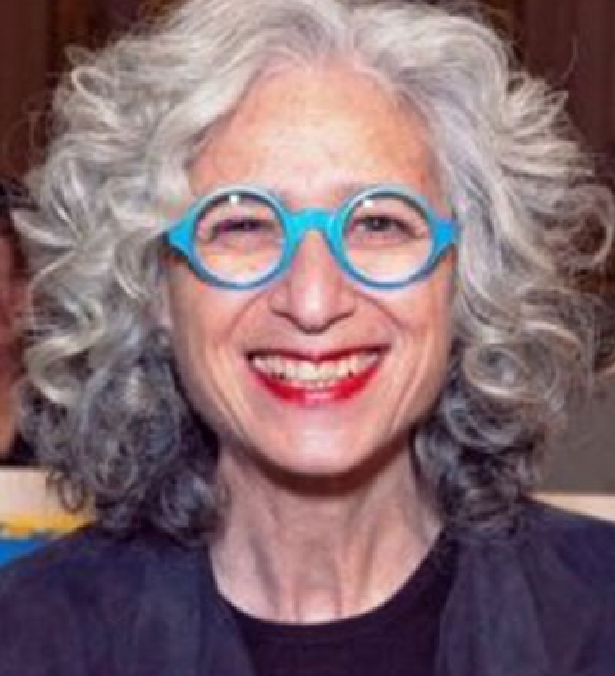‘It defies logic’: Sydney couple’s anguish over gruelling adoption process
Author: Elizabeth Daoud
Posted Sunday 18 June, 2023
A couple in the middle of the process to take in two young boys has shared the dark side of Australia’s adoption system.
The first time Brad’s* two boys called him dad, the family-of-four was sitting around the dinner table.
It was about six months after the children – who are siblings aged six and nine – were placed in the Sydney couple’s care.
“Can I call you dad?” the older boy asked Brad and his husband Adam.
“And I said, who?” Brad explains. “And he goes, ‘both of you’. He goes, ‘because then I can just yell out dad and one of you will come’.”
In their young lives, the boys have been moved from home to home after being taken out of their birth parents’ care at the ages of one and three.
Brad and his husband’s home is their fifth – and the couple hopes it’s their last.
But the process to legally adopt the siblings – who they have come to love deeply – has become increasingly difficult.
The family, who, on top of having to manage the trauma the boys have experienced, are now facing red tape and obstacles within the adoption system.
Brad and Adam were even encouraged to take the boys to visit their birth father while he was in prison – something they were vehemently against. But their experience is not unique.
In NSW, the Adoption Act states that the best interests of the child should be the paramount consideration in decisions made about them.
But not-for-profit and advocacy organisation Adopt Change CEO Renee Carter said in some cases, bureaucracy gets in the way.
“There’s a lot of different hoops to jump through and not all of them are about making sure that this is a safe and best interest of the child decision,” she said.
In Australia, every state has its own adoption legislation, and while they differ, the issues encountered by those going through the system are similar.
Those issues have caused adoption figures to drop in the country, with a fewer number of carers signing up for the role, while more children end up in the system.
The current situation is “dire”, Carter says, and change is needed.
“Because childhood is fleeting,” she said.
“It shouldn’t be a growing system. A government shouldn’t be raising children, families should be.”
‘It defies logic’
Brad and Adam first applied to be adoptive parents with adoption agency Barnardos in 2018.
After having their application lost, then reapplying and attending mandatory parenting sessions, they were approved as carers and the boys were placed into their care.
The siblings – who came from a background that included domestic violence and drugs – have now been in Brad and Adam’s care for more than two years.
“They are the most beautiful boys,” Brad said.
While the first six months were challenging, in terms of childrens’ extreme negative behaviours, Brad said caring for the boys and seeing the positive changes has been rewarding.
“The boys are a bit more settled so they know that we are not leaving them and that we’re their parents … (one of the boys) calls us his safety people,” he said.
With the boys in their care, Brad and Adam were facilitating visits and contact with the boys’ birth parents in line with requirements.
And despite some issues, the experience was mostly positive and after a year in their care, the family was approved by Barnardos to commence the adoption process.
But things took a turn last year after a visit with the boys’ birth father went downhill.
During the visit, the birth father allegedly intimidated the couple, scaring the children, who began screaming and crying.
Police were called and an apprehended violence order (AVO) was taken out to protect Brad.
Since then, visits with the birth father stalled and Barnardos have made very little progress in moving the adoption process along.
Separately, he was charged with offences including stalking or intimidating with intent to cause fear or physical harm and being armed with intent to commit an indictable offence.
Additionally, when the boys were first removed from care, an ADVO was taken out to protect the oldest boy.
Despite that, Brad claims Barnardos was prioritising visits with the birth father, pushing for the boys to visit him in prison before he was released.
The boys have visited their birth father in prison before, when they were first removed from his care, but the jail visits are something Brad and Adam are vehemently against.
Following visits with the birth father, Brad says the older boy becomes triggered and regresses, becoming violent and emotionally reactive.
“(The boys) are not equipped to know how to unpick the trauma that is going on from those visits,” Brad said.
The boys’ teachers and school psychologists agreed the jail visits were not a good idea, Brad says.
“Barnardos’s whole slogan is ‘We’re for children’,” Brad said, “but we are not seeing that”.
“I can’t understand, from a logical perspective, why visits to a prison with someone who’s known as dangerous and unsafe is beneficial to any child. It defies logic.”
On the other hand, the family has a great relationship with the boys’ birth mother, who is supportive of the adoption.
The boys have also expressed to Brad and Adam they want to be adopted by them.
What’s more is that the boys have been given final orders — meaning they will never live with their birth parents.
“They now have a loving home, they want to be adopted, they know who their birth parents are … yet, the agency and courts will not allow us to adopt them because of the red tape,” Brad said.
Barnardos Australia CEO Deirdre Cheers said there was no “one size fits all” approach when it came to decision-making about what types of family contact were best for a child.
“While the circumstances of individual children are of course unique, every child removed from family and placed in foster care by child protection authorities as a result of Children’s Court action will already have experienced extreme circumstances and degrees of abuse, neglect, and often family violence,” she said.
“This makes it impossible to take a ‘one size fits all’ approach to decision-making about the types of family contact that are best for a child, and often the nature of this contact changes over time.
“Parents being imprisoned, either temporarily or for an extended period, is one such circumstance for which it is not possible to make single rules.
“Barnardos Australia has always prioritised the rights of children and will continue to do so into the future, engaging with all adults involved in children’s lives.”
Issues with adoption in Australia
At its core, adoption in Australia is about providing safe environments for children, the Australian Institute of Health and Welfare (AIHW) says.
While it is a complex matter, every decision that is made in the process is required to have the “best interests of the child concerned, both in childhood and later life” as the paramount consideration, according to the Adoption Act.
Upon applying to be adoptive parents, Brad and Adam were told the process to formally adopt would take about two years, in line with the legislation.
The couple believes their pushback on the prison visits stalled that process, despite offering alternative forms of contact including video calls, photo updates and letters.
Under the NSW Adoption Act, “undue delay in making a decision in relation to the adoption of a child is likely to prejudice the child’s welfare”.
In 2021-22, 208 children in Australia were formally adopted — the lowest number of adoptions ever recorded.
Brad now believes his boys won’t be included in those statistics in the next year.
Carter said the delays were due to problems in practice with issues such as understaffing, mismanagement and disorganisation exacerbating delay times for families and children.
Other issues with the system, including a dwindling number of carers, can result in children ending up in unsafe environments.
The latest figures from the AIHW revealed there were 46,000 children in out-of-home care nationwide.
While most of those children are in foster care or in the care of relatives, some are living in residential group homes and others are being taken to in boarding schools or hotels and motels.
“So we’re taking kids from their family because it’s not deemed safe but then we’re putting them in often equally unsafe situations for their upbringing,” Carter said.
Carter believes there are also issues in attitudes within the sector.
“It’s not a suitable option for everybody … but there are children that come in and it does provide them with that stability and that belonging for life,” she said.
Removing children from their birth family’s care and putting them into non-trauma informed situations where they’re not being cared for by a family is “essentially institutionalising them”, Carter said.
“We know it’s damaging for children,” she said.
“It’s not unusual to hear of them moving 30 times, 50 times from place to place and then a third of them pop out the other end homeless. That’s proven how dire it is.”
Taking a toll
On top of the emotional toll the process has had on the couple, the immense stress resulted in physical issues for Brad and began affecting his relationship with Adam.
“We’ve been together for 10 years, and even when dealing with some extreme behaviours from both children early in the placement, we still never fought, but we were starting to have arguments about things,” he said.
“We were very short with each other. Everything would trigger us to be very snappy because of what the process of adopting these two children was doing to us..
“I feel defeated. I feel like I’ve failed.”
The process has been so emotionally traumatic that Brad says he wouldn’t recommend it to anyone, despite being enthusiastic about it at the start.
“The legal system and the agencies seem to use the loving bonds with these children as emotional blackmail to just be the glorified ‘babysitters’ while they try to force biological families back together,” he said.
A 2017 Adopt Change survey found 83 per cent of prospective or potential adoptive parents indicated they had experienced barriers in the adoption process.
“I think there’s probably a fair understanding in Australia that adoption is rare and hard to do as a process,“ Carter said.
“If adoption became a real option … then I think you’d see a lot more people stepping up for that as well and hopefully more kids in home-based care.”
Brad and Adam are sharing their experience in a demand for change to the system and to raise awareness about the issues around adoption.
“Something is broken and there needs to be change. The system needs to be looked at,” Brad said.
“I think that everything is viewed as black and white and the problem is every case is very, very different.
“There’s clear issues around birth family contact and I agree birth family contact is important but it seems like we’ve taken a very left of centre view on that birth family contact needs to be face-to-face contact.”
Carter said agencies should be focused on providing enough funding for putting plans in place for permanency and actioning those plans.
“There’s no evidence that the best interest for a child is to have impermanency,” she said.
“I think child welfare needs to be really a priority of government … this is quite a dire situation at the moment.
“We essentially have children that are homeless, so we need to invest in keeping more families together.
“They shouldn’t be coming into the system if it’s avoidable, but when they do and if they can’t return home, well what is the best permanency option for them then? And action it.”
Brad worries if the boys are not adopted by him and Adam, they will end up in a temporary care home, potentially moving from home to home, until they’re 18.
For now, it’s a waiting game for the family, Brad says, but they fear the worst case scenario – making the difficult decision to end the placement.
“We just want to become a family … but it feels like at any moment that could be ripped away.,” Brad said.
“We just want them to know that they’re loved and that we want them, and that they’re never going to have to go to another place or another home and start from scratch again.”
“The kids have a very strong connection to me and my partner. We have a very strong connection to the kids.
“But the lack of traction and commitment to get things done is impacting us as a couple.”
Since speaking to 7NEWS.com.au, the couple has been told the formal adoption plan should be filed to go to court by the end of 2023 or early 2024. But, they’ve also been told by Barnardos that timelines can change during this process.
* Names have been changed for anonymity
If you or someone you know is impacted by child sexual abuse, contact the Kids Helpline on 1800 55 1800 or online.
If you or someone you know is impacted by sexual assault, domestic or family violence, call 1800RESPECT on 1800 737 732 or visit 1800RESPECT.org.au.
Advice and counselling for men concerned about their use of family violence: Men’s Referral Service, 1300 766 491.
If you need help in a crisis, call Lifeline on 13 11 14. For further information about depression contact beyondblue on 1300224636 or talk to your GP, local health professional or someone you trust.
Contact the reporter at liz@7news.com.au.

